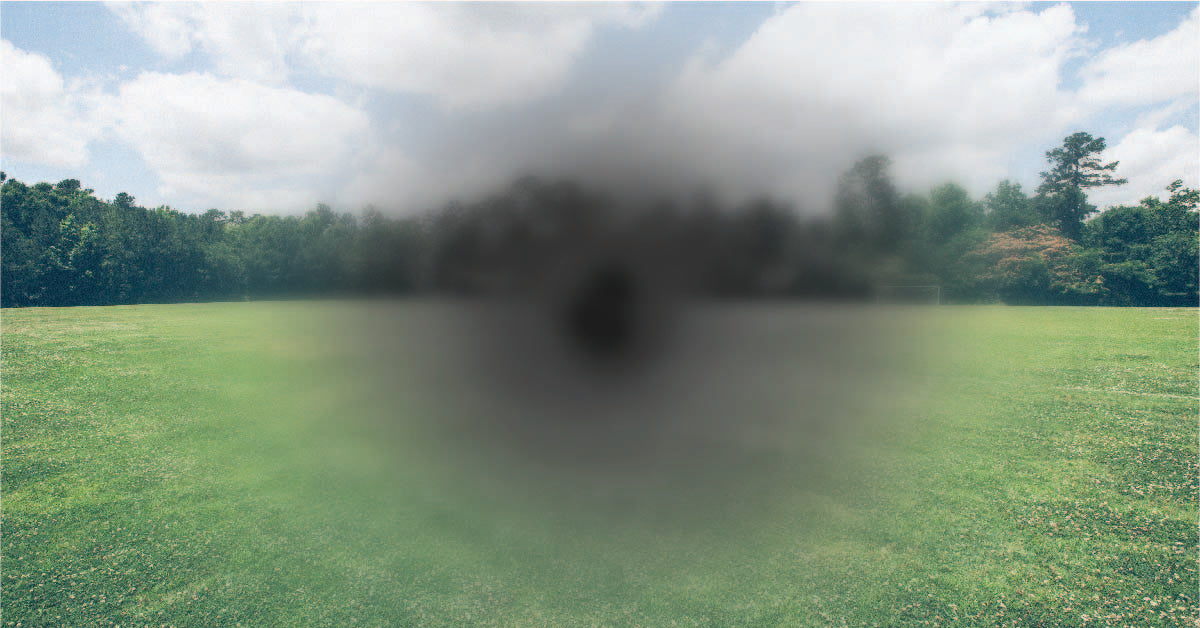Reasons You Have Blind Spot in Eyes
31 Mar 2021
Our ability to see the world around us is a defining feature of the human experience and the human eye is an amazing organ. It can accurately detect a vast amount of information around us, but it’s not without limitations. Blind spots are one such example and it refers to a small part of your field of vision in which there is a gap or a blind spot. Most of us are oblivious to this visual gap, but can be scary when you do notice it. However, this is quite normal and most of us wouldn’t even notice the phenomenon of blind spots. A blind spot is also described as scotoma.
Scotoma Meaning And What Causes Blind Spots
Scotoma is the clinical or medical term for a small portion of the visual field that is partially or completely degenerated, although the surrounding field of vision is completely normal. To put it simply, this is a tiny dark or blurry spot in your vision, but it can sometimes expand or flicker because of conditions like migraines, lupus, seizures, high blood pressure, head injuries, glaucoma, or multiple sclerosis (1). When such blind spots that expand or flicker appear, they are described as scintillating scotomas.
Normal blind spots that affect all of us are a result of the eye anatomy, with each eye having a tiny blind spot that is about 2mm wide or the size of a pinhead. This is the area where the optic nerve passes through the retina and blood vessels also enter to ensure blood flow to the eyes. There are no photoreceptors in this region. Photoreceptors are responsible for detecting light so that the eyes can then send signals to the brain, which interprets the signals to produce visual images. Without photoreceptors, light cannot be detected in this region, resulting in a blind spot in the eye.

However, blind spots do not pose a problem and in most cases, you won’t even be able to detect a blind spot when using just one eye. Researchers believe that blind spots typically go undetected because the visual signals from the opposite eye compensate to fill in the gaps, since visual fields of both the eyes overlap to some extent (2). Additionally, the human brain is adept at filling in the missing information to create a complete picture.
Click Here To Improve Your Vision
Although most of us are unlikely to notice blind spots, they can be detected using optical tests. Even if you do notice blind spots, they are not something that you need to worry about as this is a natural phenomenon. Studies suggest that some eye exercises may reduce the size of blind spots, but the effects on vision are negligible at best (3).
In case you have recently noticed your blind spot because it impairs your vision, is growing larger, or fluctuates, you should visit an ophthalmologist or speak to your doctor. Scintillating scotomas are usually indicative of an underlying health condition. The blind spot will disappear once the underlying condition is treated.
Recommended Reads:
https://www.setu.in/blogs/lifestyle/the-most-effective-home-treatments-for-dry-eyes/
https://www.setu.in/blogs/habits/maintaining-20-20-vision-in-2020-my-personal-hacks/
https://www.setu.in/blogs/lifestyle/yoga-for-your-eyes/
https://www.setu.in/blogs/lifestyle/what-your-eyes-really-need-spoilers-not-carrots/
https://www.setu.in/blogs/lifestyle/tips-to-take-care-of-your-eyes-when-you-wfh/

Eye: Relief (Erstwhile Eye Max)
- ₹1,444
- ₹1,444
-
₹2,400 -
You Save:
₹956 (39%)
Categories
- Choosing a selection results in a full page refresh.
- Press the space key then arrow keys to make a selection.
this is the sidecart








